
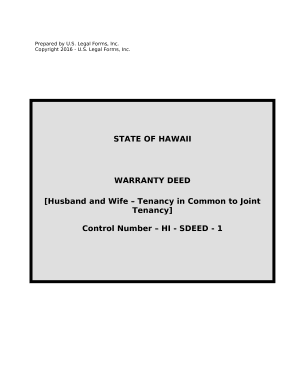
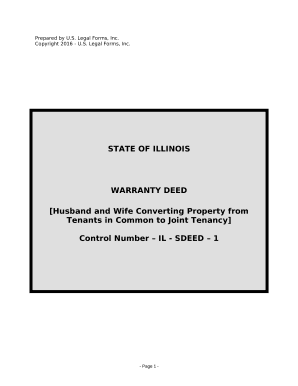
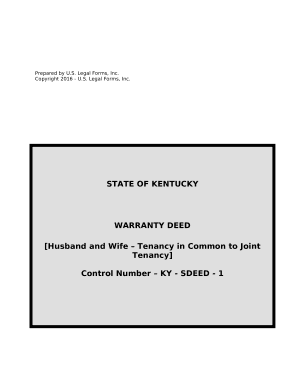


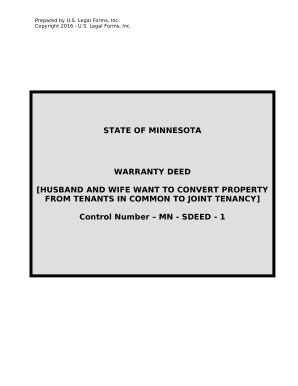
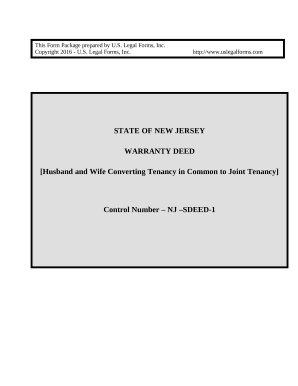

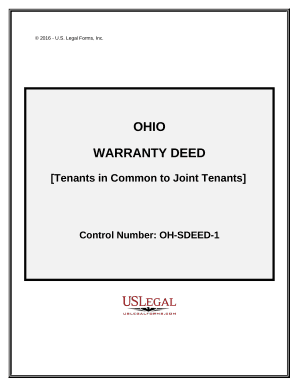
Document management can overwhelm you when you can’t find all the forms you need. Fortunately, with DocHub's considerable form collection, you can discover all you need and easily handle it without the need of switching between applications. Get our Tenants in Common to Joint Tenancy Forms and start working with them.
Using our Tenants in Common to Joint Tenancy Forms using these basic steps:
Try out DocHub and browse our Tenants in Common to Joint Tenancy Forms category easily. Get your free account today!